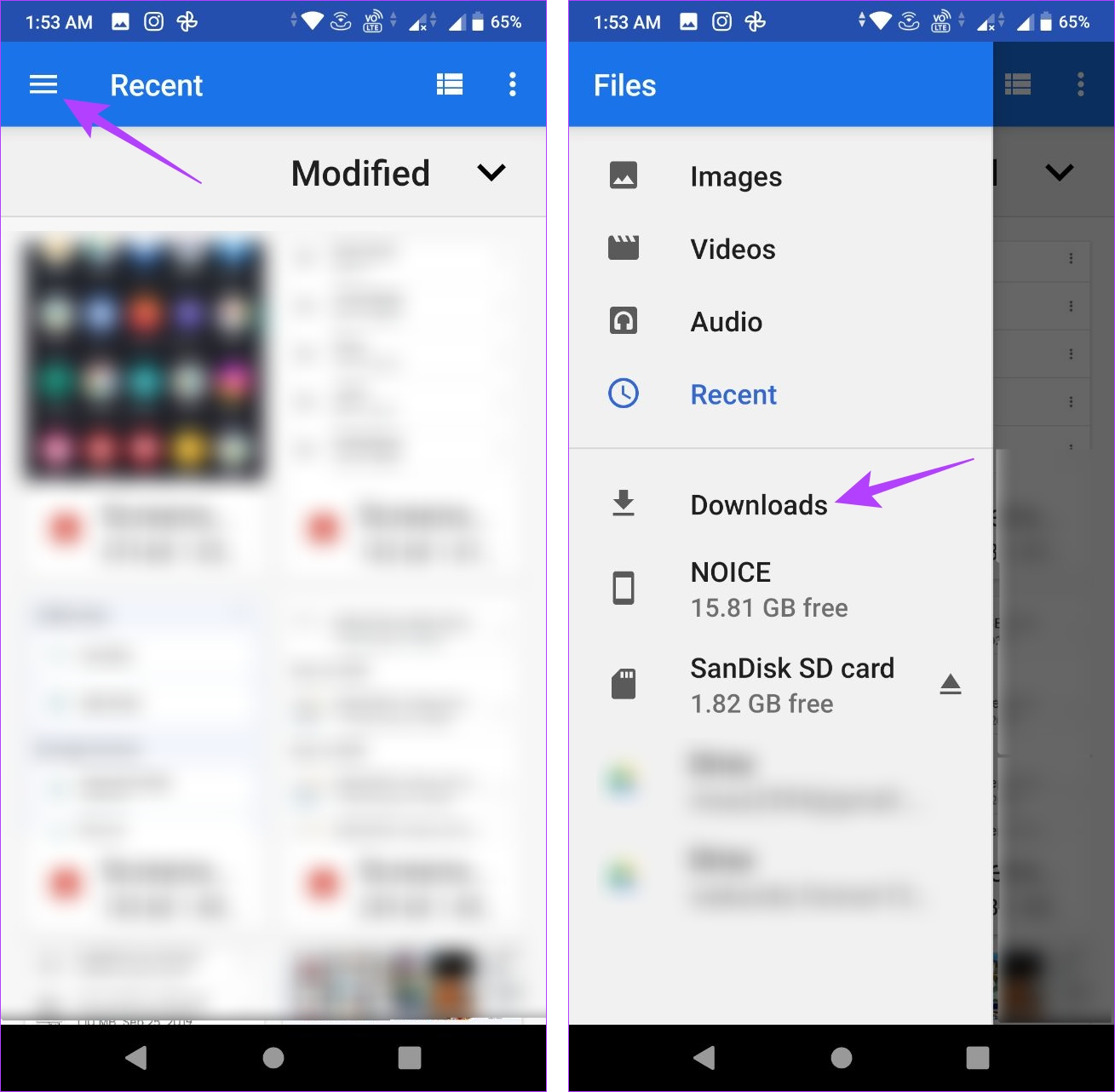The android phone and tablet Diaries
The android phone and tablet Diaries
Blog Article
Locating downloaded documents on your Android tool can be a difficulty. Easily, your phone can rapidly become littered with images, video clips, screenshots, and various other data. To free up area on your device, it's essential to keep track of where your downloads are conserved. By doing this, you can quickly identify and remove unneeded files.

If you're having trouble situating a vital data that seems to have actually disappeared into slim air, fear not! This overview is here to aid you track it down and get your Downloads folder in order. Whether you're a pleased owner of among the premier Google Pixel phones or another Android tool, we'll reveal you exactly how to quickly locate your downloads and keep them nicely arranged.
Find your downloads with the default file supervisor
Each mobile phone supplier might use a slightly different integrated Android application for file monitoring, however your experience needs to be similar. If you possess a Samsung phone, describe our tutorial, which shows how to locate downloads on your Samsung Galaxy phone.
Similar to other preferred operating systems, Android has actually a marked Downloads folder for storing documents. To situate your downloaded and install data on your device, adhere to these steps:
1. Open up the Files or My Data application from the home screen or application drawer.
2. Seek a area called Downloads.
3. Touch it to watch the documents you downloaded.
Utilize the Documents by Google application for your downloads
Several Android documents manager apps on the Google Play Shop enable you to find your downloaded and install documents. Data by Google is one of the most effective alternatives if you don't intend to manage difficult UIs. It's also a good replacement for any type of default documents supervisor application preinstalled on your device.
4. Open the Files app.
5. Select the Browse tab at the bottom.
6. Tap Downloads.
7. Select the Download tab to see the files in that folder.
Locate your downloads manually
Navigate to your phone's internal storage space if you can not locate the storage space place of the Downloads folder on the homepage of your data manager app. Here's just how you do it:
1. Open the Files app.
2. Select the Browse tab near the bottom.
3. Scroll down and most likely to Interior storage.
4. Tap the Download and install folder.
Relocate your downloads to one more location
Transferring files out of the for different reasons, specifically for data that hold sensitive or individual data. Positioning such data in their designated folder boosts their safety and security and reduces the threat of unintentional removal. Furthermore, it aids avoid them from being lost among the multitude of unrelated files you downloads on android tablet may download.
1. Open the Files app.
2. Navigate to your Download folder.
3. Tap the three-dot menu to the right of any file.
4. Choose the Move to option.
5. Tap Internal storage at the bottom.
6. Select any location or folder.
7. Tap Move here to transfer the file to that location.
Additionally, you can utilize the Copy to feature and transfer these files to a different location. This enables you to create numerous copies without deleting the original files from your Download folder.
View the exact location of your downloadsM/b >
You may want to see the location of the Download folder for various reasons from time to time. Tap the three-dot menu next to one of your downloaded files and go to File info. The/ storage/emulated/0/ Download path is the default for many modern Android devices. Some third-party web browsers might save files to a different folder, but this should be the location for most downloads.
Managing your downloads is easier than you think
The Files app by Google is an excellent choice for those who appreciate a straightforward file management solution. With its user-friendly interface and simple features, this app effectively categorizes your files into different types such as downloads, images, videos, and audio. Additionally, it provides the option to remove unnecessary files.
Speaking of tidying up, you can free up more storage space by learning how to delete unwanted WhatsApp media files. You can install an SD card on some Android devices if you're still short on space.
Report this page